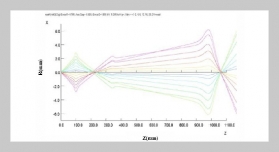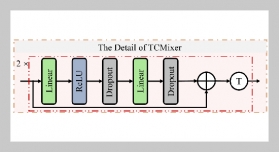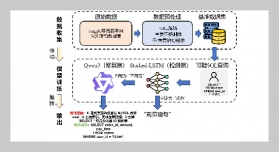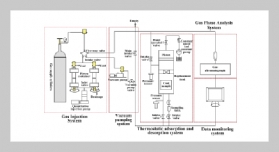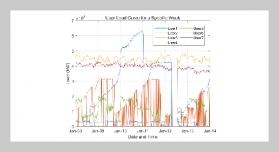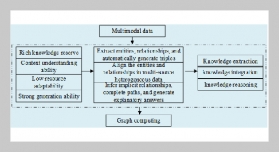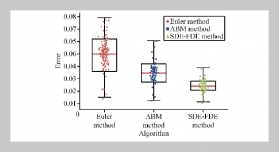Ming-Yi Shih This email address is being protected from spambots. You need JavaScript enabled to view it.1, Jar-Wen Jheng1 and Lien-Fu Lai1 1Department of Computer Science and Information Engineering, National Changhua University of Education, Changhua, Taiwan 500, R.O.C.
Received:
January 8, 2010
Accepted:
March 3, 2010
Publication Date:
March 3, 2010
Download Citation:
||https://doi.org/10.6180/jase.2010.13.1.02
Various clustering algorithms have been developed to group data into clusters in diverse domains. However, these clustering algorithms work effectively either on pure numeric data or on pure categorical data, most of them perform poorly on mixed categorical and numeric data types. In this paper, a new two-step clustering method is presented to find clusters on this kind of data. In this approach the items in categorical attributes are processed to construct the similarity or relationships among them based on the ideas of co-occurrence; then all categorical attributes can be converted into numeric attributes based on these constructed relationships. Finally, since all categorical data are converted into numeric, the existing clustering algorithms can be applied to the dataset without pain. Nevertheless, the existing clustering algorithms suffer from some disadvantages or weakness, the proposed two-step method integrates hierarchical and partitioning clustering algorithm with adding attributes to cluster objects. This method defines the relationships among items, and improves the weaknesses of applying single clustering algorithm. Experimental evidences show that robust results can be achieved by applying this method to cluster mixed numeric and categorical data.ABSTRACT
Keywords:
Data Mining, Clustering, Mixed Attributes, Co-Occurrence
REFERENCES



